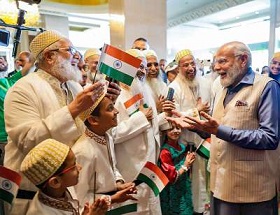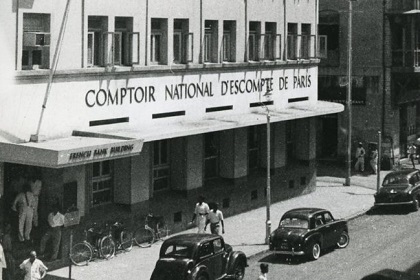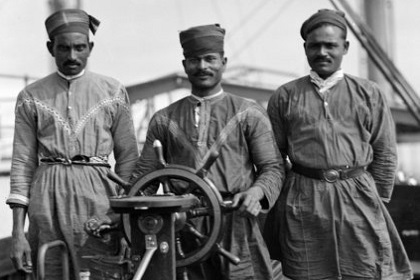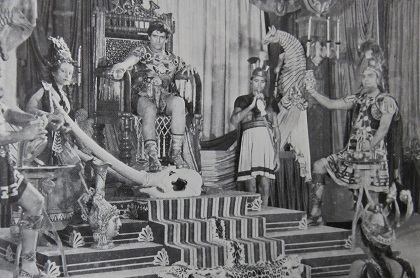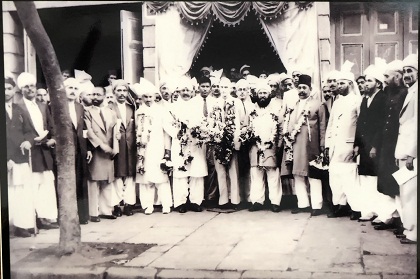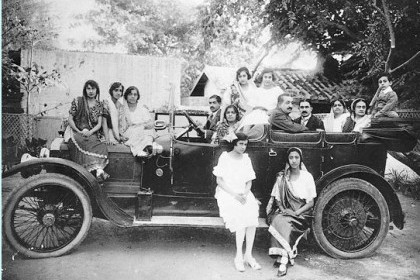India Became Bharat When No One was Looking
India’s story reads like a Bollywood script – unbelievable and insane to those who fail to decode its success. The most discernable change is internal, as ‘India’ and ‘Bharat’ coexist. India has stopped feeling and thinking poor; it’s right up there with the biggies. Maybe not invited to the high table yet, but has set up its own and invited the rest to the lavish banquet.



